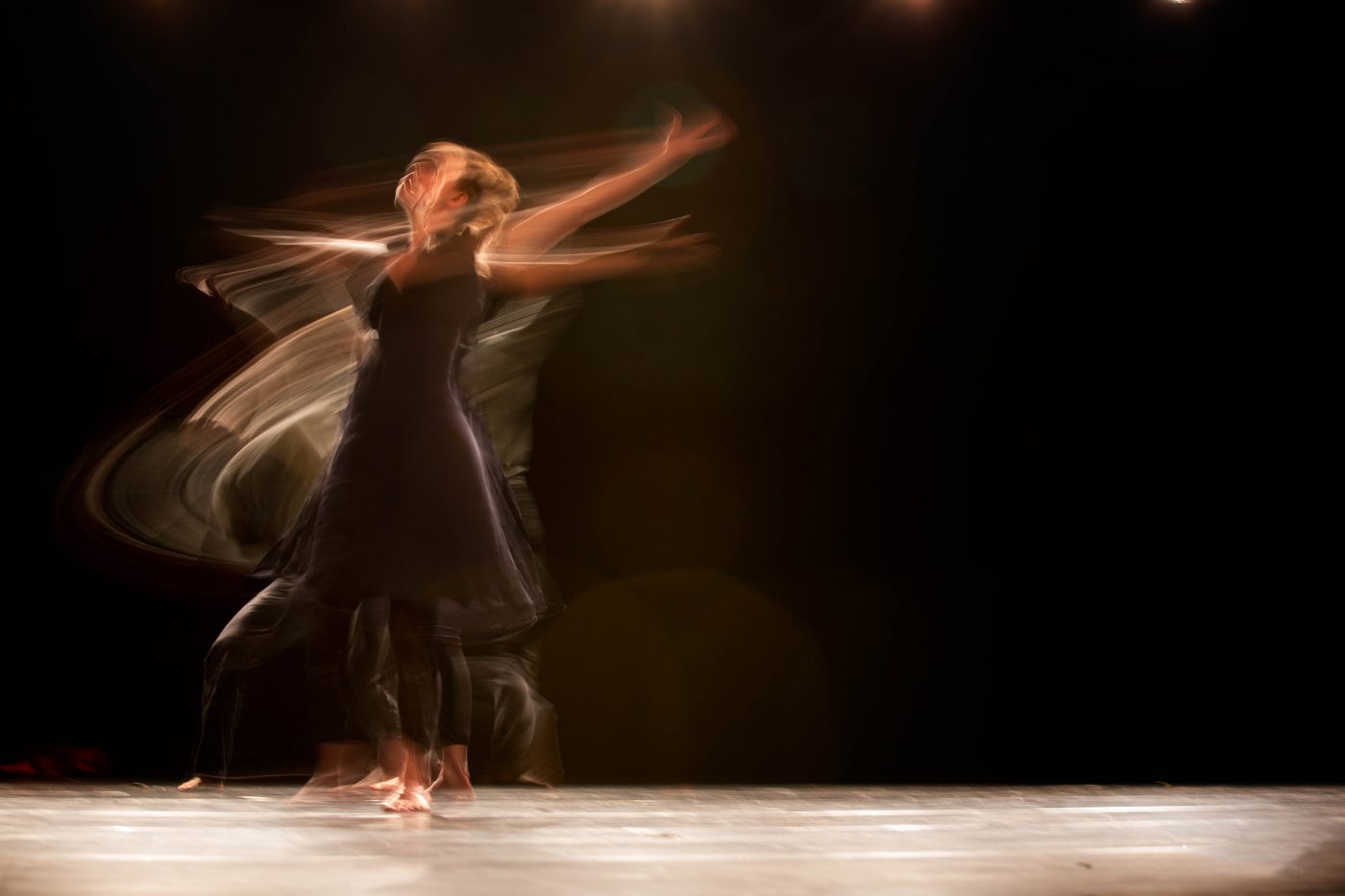Contemporary Dancing Improves Motor Function In Huntington’s Patients, Study Finds

Practicing contemporary dance can improve motor function in people with Huntington’s disease, a new study has found.
Titled “Contemporary Dance Practice Improves Motor Function and Body Representation in Huntington’s Disease: A Pilot Study,” the study was published in the Journal of Huntington’s Disease.
There is overwhelming evidence that exercise has a host of benefits, but sticking to an exercise regime is tough and, most would agree, can be boring. This has led to interest in dancing as a potential way for people to get moving in a way that’s more fun, making it more likely they will stick with it.
Dance also engages the brain, so it can be thought of as a simultaneous mental and physical exercise, making it particularly appealing as a potential intervention for neurodegenerative diseases, like Huntington’s.
However, many dance styles require precise, rhythmic movement; this can be a challenge for people with Huntington’s disease, even at the early stages. Contemporary dance or “free dance,” on the other hand, doesn’t involve strict choreography. Instead, dancers improvise movements around abstract themes.
So, the researchers undertaking this study wondered whether contemporary dance classes would be a beneficial for people with Huntington’s disease, and what those benefits might be.
To test this, the team conducted a pilot study (NCT01842919) and recruited 19 patients (aged between 43 and 78 years) in France who have mild-to-moderate Huntington’s disease and assigned them to one of two groups. Patients in the control group received standard care, and patients in the experimental group were instructed to take at least one two-hour contemporary dance class per week. There were eight people in the dance group and 11 in the control group.
Then, after five months, those from the original control group switched over and were asked to take the dance classes for five months. Usually, in an experiment like this, the experimental group also would be switched. But since the researchers were seeing benefits from dance, they decided it wouldn’t be ethical to do that.
In the five months of standard care in the control group, motor function tended to decrease, as measured by the UHDRS motor score. In the dance group, motor function was either maintained or improved significantly, both for the original dance group and for patients who received standard care, but who then did dance after five months.
The researchers also took images of the participants’ brains before and after the dance intervention, and found evidence there was a little brain growth after participants had been taking dance classes for nine months — though with this very small sample size, it’s hard to be sure whether it is clinically meaningful.
When the researchers interviewed the patients about the experience, patients reported enjoying the classes and that dancing helped them feel better about their bodies. “Further,” the researchers wrote, “[the participants] highlighted the importance of ‘meeting others’, improved societal interaction, and expressed joy and pleasure in taking part.”
Participants also tended to keep dancing even after the study was done: 11 of 13 the researchers contacted continued taking classes for more than a year after the study.
This is a relatively small study, but its results do support the idea that contemporary dance can be beneficial for people with Huntington’s disease, increasing motor function and also providing social benefits. Larger studies may allow investigators to more clearly understand the benefits of dancing for Huntington’s disease patients.






